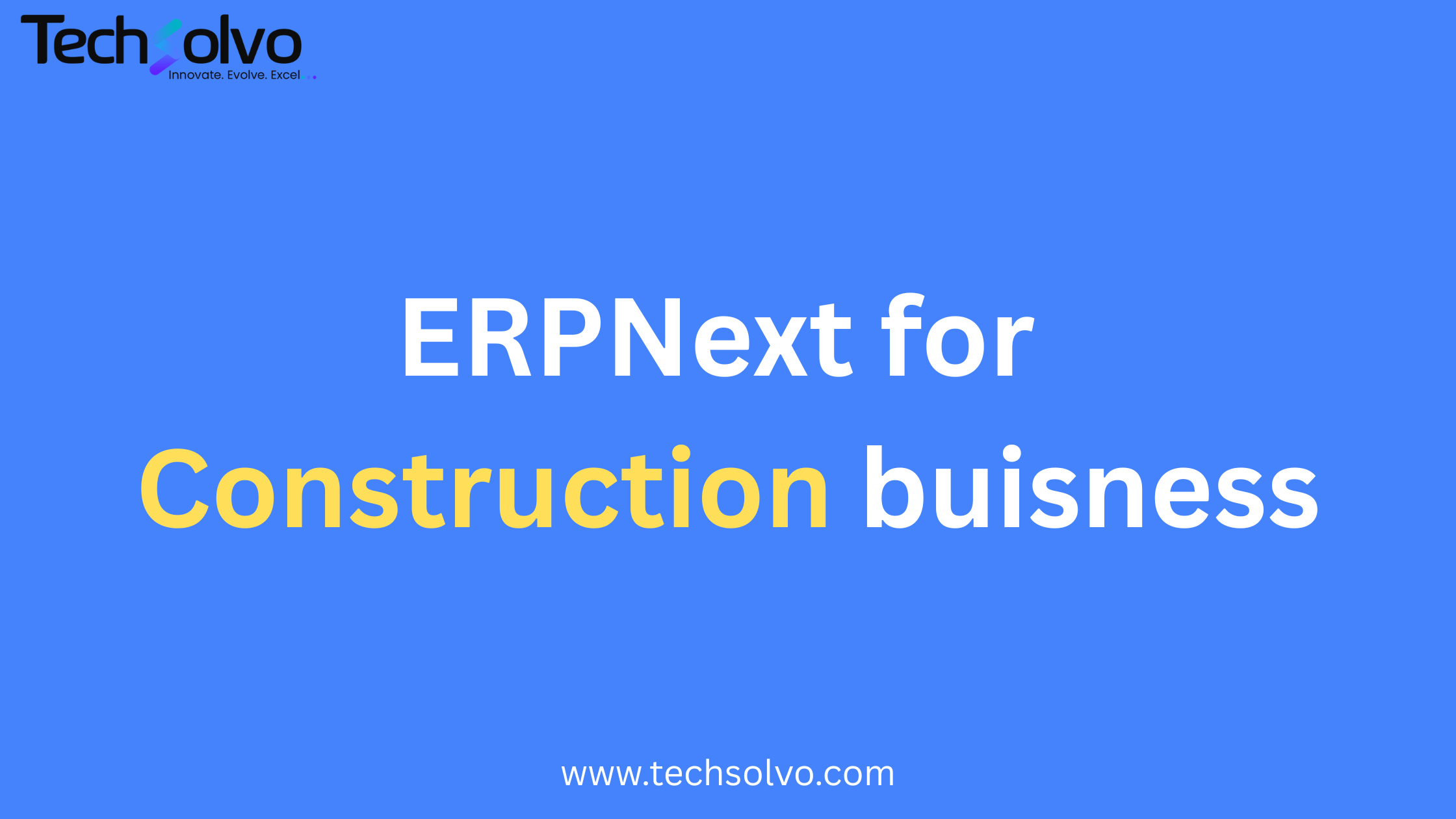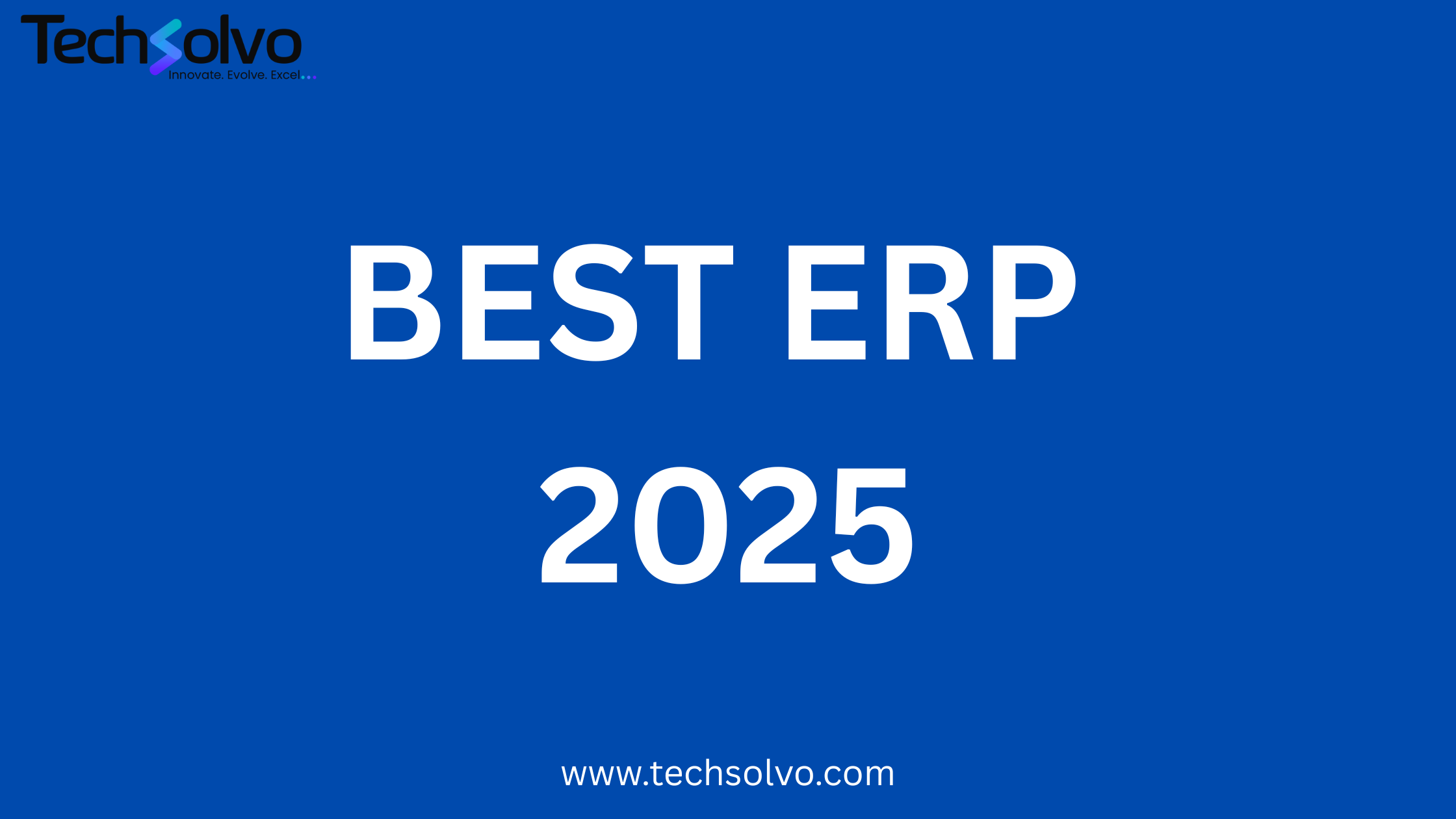Why Your Business Needs Speech Recognition and Synthesis in 2024
1. Boost Productivity and Efficiency: Imagine a world where data entry and reporting are done by simply speaking. Speech recognition can automate these tedious tasks, freeing up your employees to focus on more strategic work. This can lead to significant time savings and increased productivity.
2. Enhance Customer Experience: Provide your customers with 24/7 self-service and support through virtual assistants and chatbots powered by speech synthesis. This can improve customer satisfaction and reduce your reliance on human customer service representatives.
3. Improve Accessibility and Inclusivity: Make your information and services accessible to everyone, regardless of their abilities. Speech recognition can be used to create audio descriptions for people with visual impairments, and speech synthesis can be used to provide text-to-speech functionality for people with reading difficulties.
4. Drive Innovation and Differentiation: Speech recognition and synthesis are still relatively new technologies, which means there is a huge opportunity for businesses to innovate and differentiate themselves. Develop new voice-powered applications and services that your competitors can't match.
5. Increase Cost Savings and ROI: By automating tasks and improving customer experience, speech recognition and synthesis can lead to significant cost savings. The return on investment (ROI) for these technologies can be very high, making them a worthwhile investment for any business.
Speech Recognition and Synthesis Platforms
Frequently Asked Questions
Speech recognition and synthesis are two distinct but related technologies that deal with processing and generating human speech. Speech Recognition, or Automatic Speech Recognition (ASR), is the technology that converts spoken language into text, whereas Speech Synthesis, or Text-to-Speech (TTS), is the technology that converts text into spoken language.
Speech recognition is a technology that converts spoken language into written text. In Speech Recognition, speech is first captured as audio. Then, the software analyzes the sound waves, breaks them down into phonemes (basic sound units), and compares them to known language models to recognize words and their meaning.
There are different approaches and technologies used for speech synthesis, including rule-based systems, concatenative synthesis, and more recently, deep learning techniques such as neural text-to-speech (NTTS). In Speech Synthesis, text is analyzed and broken down into phonemes. The TTS software then selects appropriate sounds from its database and combines them to produce speech output.
It's an open-source, high-performance speech recognition engine from Mozilla, trained on a massive dataset of human speech. Developers use it to create applications like voice assistants, dictation software, and automated transcriptions.
DeepSpeech 2 boasts word error rates (WER) as low as 5.3% on LibriSpeech test sets, making it one of the most accurate open-source speech recognition engines available.
Currently, DeepSpeech 2 primarily supports English, but Mozilla is actively working on adding more languages like Spanish, French, and German.
Mozilla provides a comprehensive toolkit for developers, including pre-trained models, command-line tools, Python and C++ bindings, and web-based demos.
The DeepSpeech 2 documentation is a great starting point, along with the Mozilla blog and active community forums. Developers can also find helpful tutorials and code examples online.
Wav2Vec 2.0 is a self-supervised learning model for speech recognition. It learns from vast amounts of unlabeled audio, unlike traditional models needing tons of training data.
With just 10 minutes of labeled data and 53,000 hours of unlabeled audio, it achieves state-of-the-art performance (8.6% word error rate on noisy speech) – a huge leap in efficiency and accessibility.
Wav2Vec 2.0 predicts hidden "speech units" in masked audio sections, essentially teaching itself what constitutes speech. This learned knowledge then boosts performance when fine-tuned with labeled data.
The good news is, Facebook AI is all about sharing. They've made Wav2Vec 2.0 open-source, meaning you can easily use it in your projects, whether it's building a speech-to-text app or creating ultra-realistic speech simulations.
Wav2Vec 2.0 is actively being improved, with ongoing research on further enhancing its accuracy, robustness, and efficiency. Its future holds promise for revolutionizing various speech-related technologies, making it a valuable tool for developers and researchers alike.
Jasper is an open-source speech recognition and synthesis engine. It is written in C++ and is known for its accuracy and efficiency. It is used in a variety of applications, including voice assistants, speech-to-text dictation, and automatic speech recognition (ASR).
asper is a free and open-source software, so it is available to anyone to use and modify. It is also very accurate and efficient, making it a good choice for a variety of applications.
The Jasper website has a variety of resources to help you get started, including documentation, tutorials, and a community forum.
Jasper is a complex piece of software, so it can be challenging to learn how to use it. There is also a limited amount of documentation and support available.
The Jasper project is actively being developed, and new features are being added all the time. The future of Jasper looks bright, as it is becoming increasingly popular in a variety of applications.
Google Speech-to-Text (STT) is a cloud-based API that converts spoken audio into text in real-time. Developers can integrate it into applications for various purposes, like dictation, voice search, or captioning.
Besides real-time transcription, it offers multilingual support, speaker diarization (identifying who's speaking), punctuation, and live captioning. You can even adapt models for specific vocabulary or convert spoken numbers to text formats.
Absolutely! Google Speech-to-Text provides user-friendly APIs and SDKs for various platforms (Android, iOS, Web). They also offer helpful tutorials and code samples to get you started quickly.
It boasts state-of-the-art accuracy thanks to deep learning, but can still stumble on accents, background noise, and specialized terms. Custom models with training data can significantly improve domain-specific accuracy.
Google takes data security seriously and adheres to strict compliance standards. Your audio recordings and transcripts are encrypted and only used for processing, never stored unencrypted.
It's a cloud-based speech recognition service that converts audio to text. You can transcribe pre-recorded files or stream live audio in real-time.
Standard Transcribe works for general audio, while Medical Transcribe specializes in medical terminology and Call Analytics optimizes for two-channel calls.
Accuracy depends on factors like audio quality and speaker accents. Standard Transcribe boasts 90%+ accuracy for clear audio, with options to further customize for specific domains.
Amazon Transcribe offers various SDKs and APIs for seamless integration with your development environment. You can transcribe audio files, receive real-time transcriptions, and even adjust speaker diarization and confidence scores.
Amazon Transcribe charges per minute of audio processed, with pay-as-you-go pricing and discounted tiers for high volume usage. Plus, free trials let you test the service before committing.
Azure boasts broad language coverage for both recognition and synthesis, with over 70 languages and dialects available. You can even mix and match them within projects.
Azure offers a free tier for limited usage, perfect for testing. Paid plans scale based on your needs, with per-minute or monthly options available.
Azure provides SDKs for various programming languages and platforms, making integration smooth. Numerous tutorials and documentation are available to get you started quickly.
Azure goes beyond basic speech processing. Text-to-speech allows customizing voice attributes like pitch and emotion. Speaker diarization identifies individual speakers, and speech analytics extracts sentiment and keywords.
Vosk is an open-source speech recognition and synthesis toolkit with a focus on accuracy, efficiency, and ease of use. It supports multiple languages and offers pre-built models for common tasks like dictation and voice search.
Vosk supports a wide range of languages, including English, Spanish, French, German, Hindi, and more. The list is constantly expanding, thanks to the open-source community.
Yes, Vosk offers text-to-speech functionality in several languages. You can use it to create audio narrations, voice prompts, and other applications.
Vosk's accuracy depends on the language model and audio quality. In ideal conditions, it can achieve word error rates (WER) as low as 5%. For improved accuracy, you can fine-tune the language model with your own data.
Vosk offers several benefits, including high accuracy, low latency, and small memory footprint. It's also free and open-source, making it a great choice for individual developers and large companies alike.
Kaldi is a free and open-source toolkit for speech processing. It provides tools for various tasks like speech recognition, synthesis, speaker identification, and more. Developers love Kaldi for its flexibility, modularity, and active community.
While powerful, Kaldi has a steeper learning curve compared to some beginner-friendly options. However, its extensive documentation, tutorials, and active community forum make it accessible with dedication.
The possibilities are vast! Build speech recognition systems for your applications, create custom voices for chatbots or text-to-speech tools, experiment with speaker diarization or language identification.
Kaldi's official website offers comprehensive documentation, tutorials, and links to online courses and communities. Additionally, numerous third-party resources like blog posts and video tutorials cater to different learning styles.
Kaldi requires some programming knowledge and familiarity with signal processing concepts. It can be computationally expensive for complex tasks, and some aspects lack user-friendly interfaces compared to commercial options.
CMU Sphinx is an open-source toolkit for speech recognition and synthesis developed at Carnegie Mellon University. It's widely used in applications like voice assistants, robotics, and dictation software.
Strong understanding of signal processing, machine learning, and audio algorithms. Familiarity with programming languages like C and Python, and experience with tools like Kaldi are beneficial.
Developers can work in companies building speech-enabled products, contribute to open-source projects like Sphinx itself, or pursue research in speech technologies.
The CMU Sphinx website offers extensive documentation, tutorials, and community forums. Several online courses and books also cover Speech Recognition and Synthesis development.
Be part of a vibrant community, contribute to cutting-edge technologies, and build impactful applications that use spoken language interaction.
Deepgram is an enterprise-grade speech recognition and synthesis platform with cutting-edge AI. Developers use it to build voice-powered applications like transcription, dictation, chatbots, and more.
Deepgram offers a free tier for experimentation and learning. Paid plans with advanced features are available for larger projects. Comprehensive documentation and tutorials guide you through the development process.
Deepgram offers various pricing plans based on usage and required features. They also have a free tier for limited usage, making it accessible for individual developers and hobbyists.
Deepgram boasts accuracy, ease of use, and flexibility. Its pre-trained models handle diverse accents and environments, while its intuitive APIs let you integrate speech features seamlessly. Plus, you can fine-tune models for your specific needs.
Deepgram takes security seriously and implements robust measures to protect your data. They are SOC 2 compliant and adhere to strict data privacy regulations.
Tacotron 2, developed by Google AI, is a high-quality text-to-speech (TTS) model. It uses artificial intelligence to convert any given text into natural-sounding human speech.
Unlike traditional TTS models, Tacotron 2 bypasses complex linguistic features. Instead, it learns directly from paired speech and text data. It captures the subtleties of speech, including intonation, rhythm, and emotion, through mel spectrograms and then converts them into audio waveforms using a WaveNet-like architecture.
Tacotron 2 finds use in various areas, including text-to-speech for people with disabilities, creating realistic voices for chatbots and virtual assistants, and generating emotional speech for narration or storytelling.
Tacotron 2, like any AI model, has limitations. It can struggle with unfamiliar words or complex pronunciations and may require training data specific to the desired voice characteristics.
Researchers are working on improving naturalness, efficiency, and multilingual capabilities. Future applications include assistive technology, chatbots, and personalized narration.
MelNet is NVIDIA's revolutionary neural network architecture for high-fidelity speech synthesis and recognition. It excels in generating natural-sounding voices and accurately transcribing spoken language.
MelNet boasts superior audio quality compared to traditional methods, preserving the speaker's unique characteristics and emotional inflections. Additionally, it's efficient and requires less training data, making it ideal for diverse applications.
Yes! MelNet is open-sourced under the NVIDIA NeMo framework, allowing developers to freely access and customize its code for their specific needs.
NVIDIA provides comprehensive documentation, tutorials, and sample code for developers to get started with MelNet. Additionally, the active developer community offers further support and insights.
MelNet's versatility extends beyond basic speech tasks. It can power chatbots, voice assistants, immersive gaming experiences, and even personalized narration for audiobooks or educational materials.
FastSpeech is a text-to-speech (TTS) model developed by Facebook AI. It's known for its speed, robustness, and controllability. Unlike traditional TTS models, FastSpeech predicts both mel-spectrograms (sound representations) and prosody features (pitch and duration) separately, allowing for fine-grained control over the generated speech.
FastSpeech is robust to noise and variations in speaking styles. It can generate natural-sounding speech even with noisy input or when applied to different speakers' voices.
FastSpeech offers fine-grained control over the generated speech. You can adjust pitch, duration, and other prosody features to create different emotional tones or speaking styles.
FastSpeech is significantly faster than other TTS models, making it ideal for real-time applications like voice assistants and chatbots. It can generate high-quality speech at 2x to 4x the speed of previous models.
Like any TTS model, FastSpeech can struggle with complex sentences or unfamiliar vocabulary. It's also still under development, and further improvements are expected.
A TTS developer at Google AI works on cutting-edge technology to convert text into natural-sounding speech. They build and improve machine learning models that analyze text, understand its nuances, and translate it into realistic audio.
Strong expertise in machine learning, speech processing, and software engineering is crucial. Familiarity with natural language processing, deep learning algorithms, and audio engineering is also highly desired.
TensorFlow, PyTorch, and other machine learning frameworks are common tools. Developers also utilize speech databases, audio processing libraries, and specialized TTS engines like Tacotron and WaveNet.
TTS developers are in high demand across various industries like tech giants, communication companies, education, and healthcare. They can work on internal projects, research and development, or collaborate with external partners.
MaryTTS is a free, open-source Text-to-Speech (TTS) platform popular among researchers and developers. Its modular design and Java base make it versatile for building custom voices and integrating with various applications.
Absolutely! MaryTTS offers a streamlined workflow for building language components and synthetic voices. You can leverage open data and modern tools to contribute to the platform's growing library.
While MaryTTS focuses on TTS, it can integrate with external speech recognition engines like Julius for complete speech interaction solutions.
MaryTTS has a well-documented API and active community support. Developers with Java experience can quickly get started, while tutorials and guides cater to various skill levels.
MaryTTS, like any TTS system, has limitations in naturalness and expressiveness compared to human speech. Additionally, building custom voices requires deeper technical knowledge.
G2P stands for "grapheme-to-phoneme", converting written text into the basic units of spoken language (phonemes). Acapela's G2P excels in accuracy and flexibility, handling diverse languages and pronunciations.
Acapela's G2P boasts high accuracy, supporting multiple languages and dialects. It's customizable, allowing developers to fine-tune pronunciation rules for specific needs. Plus, its efficiency makes it ideal for real-time applications.
Acapela's G2P offers a user-friendly interface and comprehensive documentation, making it accessible for developers of all skill levels. Additionally, their technical support team is readily available for assistance.
Acapela's G2P pricing varies based on your specific needs and desired features. Contact their sales team for a tailored quote.
Acapela provides detailed information on their website, including technical documentation, case studies, and demos. Feel free to contact their team for any further inquiries.
Resemble's recognition APIs boast high accuracy in converting spoken words to text, supporting multiple languages and accents. They can handle noise, context, and even speaker identification.
Resemble lets you create custom voices with realistic human-like intonation and expressions. You can fine-tune these voices for specific purposes, like news narration or character dialogue in games.
Resemble prioritizes developer experience with clear documentation, SDKs for various programming languages, and helpful code examples. They also offer a web interface for testing and playing with the APIs.
Resemble takes data security seriously, adhering to strict industry standards and offering HIPAA compliance. Their infrastructure is highly scalable and reliable, handling large volumes of audio data seamlessly.
Resemble offers flexible pricing plans for different usage levels, from pay-as-you-go options to fixed monthly subscriptions. They also have a free tier for limited usage.
Their patented emotional prosody technology injects real-world nuances like excitement, sadness, and sarcasm into their voices, making them sound remarkably human. They also offer a vast library of multilingual voices, from classic British English to expressive Japanese.
While their forte lies in speech synthesis, they offer custom speech recognition solutions for specific needs, like medical transcription or voice-controlled interfaces.
From Hollywood blockbusters to e-learning platforms and even medical simulations, CereProc's voices add a touch of realism and engagement to diverse applications.
Their developer-friendly SDKs and APIs make integrating their voices into your projects a breeze, whether you're a seasoned coder or a tech newbie.
They're constantly pushing the boundaries of speech technology, exploring areas like speaker adaptation and real-time emotional response. With their dedication to innovation, CereProc promises to keep our ears captivated for years to come.
They build systems that understand and generate human speech. This involves crafting algorithms for speech recognition (turning audio into text) and speech synthesis (turning text into audio).
Strong expertise in signal processing, machine learning, and linguistics is crucial. Familiarity with programming languages like Python and C++ is essential.
Synthesia developers are behind technologies like voice assistants, text-to-speech tools, and even realistic conversational AI. Their work impacts fields like education, healthcare, and accessibility.
Yes! It's constantly evolving, demanding continuous learning and adaptation to new advancements. But the rewards are exciting - shaping the future of human-computer interaction.
Online courses, research papers, and developer communities offer valuable resources. Consider pursuing relevant degrees in computer science or linguistics with a focus on speech processing.
Murf is a cloud-based platform that lets anyone create realistic, high-quality synthetic voices from text using AI. Users can choose from various pre-made voices or upload their own audio to create custom voices.
Murf leverages advanced speech-to-text algorithms to transcribe audio into text with remarkable accuracy. This text then forms the basis for generating synthetic speech.
Murf utilizes cutting-edge deep learning techniques to produce near-human quality speech, mimicking intonation, rhythm, and emotion with impressive fidelity.
Murf's versatility extends to various fields, including e-learning, explainer videos, audiobooks, podcasts, and even video game voiceovers.
Murf boasts a user-friendly interface, making it accessible even for those with no technical background. Simply type or upload your text, choose a voice, and Murf takes care of the rest.
Insights
To properly understand the things that are prevalent in the industries, keeping up-to-date with the news is crucial. Take a look at some of our expertly created blogs, based on full-scale research and statistics on current market conditions.

How ERPNext Transforms Construction Businesses in the UAE | Techsolvo
Learn how ERPNext helps UAE construction firms streamline projects, procurement, retentio…

Why ERPNext is the Best ERP Software for Businesses in 2025 | Techsolvo
Discover why ERPNext is the top choice for modern businesses in 2025. Learn how Techsolvo…

Why Techsolvo is the Best ERPNext Implementation Partner in UAE
Discover why Techsolvo is recognized as the best ERPNext agency in the UAE. Trusted by ma…





































